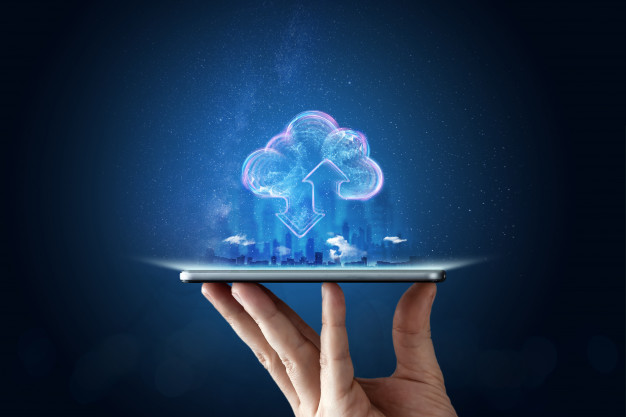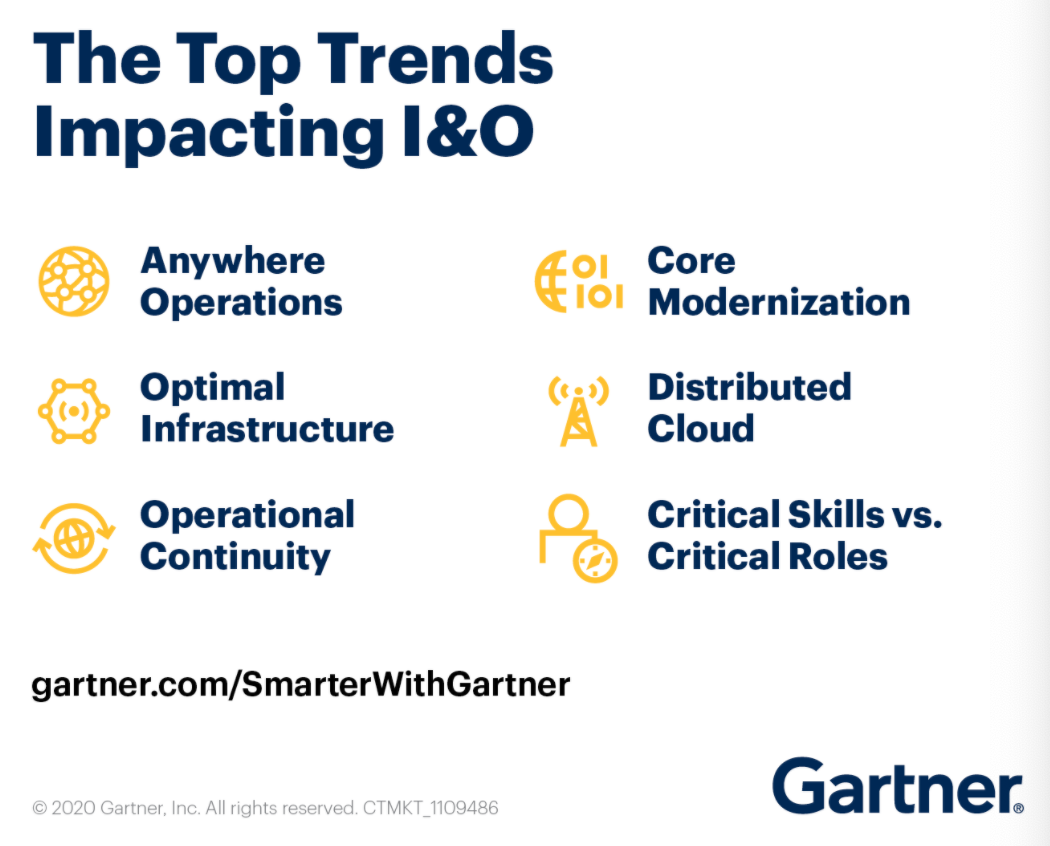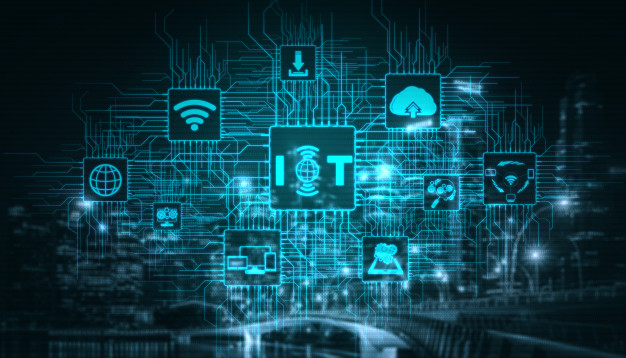
According to Gartner forecasts, more than 90% of IT employees will work remotely by the end of 2023. This trend was influenced by both COVID-19 and the change in the IT infrastructure in general, namely, the movement towards clouds and edge computing. Analysts believe there are six major market trends we will see in the market over the next 12 months. They will help to focus on the main IT leaders.
1. Priority to critical thinking skills
Teams move on to critically rethink current processes and tasks. Now an upward trend is the formation of teams of different specialists with a variety of competencies. In total, such departments have a large number of skills required to solve complex and unexpected problems. Thanks to this, the risks for the company are reduced, and the decisions made will increase its resiliency.
Also, rethinking helps to adapt budgets to real business needs. And move away from a small-town solution to a deeper generalized approach.
Experts at Gartner believe that the new trend will also change the tactics when hunting personnel. Employees will need to have a broader range of competencies.
How to Prepare?Start training the current staff in advance, expanding the team's skills, build up the necessary competencies, and deepen knowledge. And, accordingly, when recruiting, take into account the desired skills.
2. Distributed cloud as the basis of future infrastructure

Available cloud services will be split into different physical locations. In such conditions, the cloud provider will be directly responsible for operation, management and development.
In addition to the advantages, the distributed cloud also has disadvantages:
- complex deployment models;
- increased risk of blockage;
- high risks;
- immature market.
Most likely, in the next 12-18 months, this cloud business model will continue to evolve and become a priority.
It is assumed that by 2025 vendors will have several distributed specialized cloud services. This trend did not start today or yesterday; now it continues to grow.
What to do now? A potentially convenient model for migrating to a distributed cloud can already be identified. Or plan for integration into the company's current cloud environment.

3. Modernization of the IT base
The trend towards modernization and renewal of the basic infrastructure. IT business is very flexible, solutions will change frequently. The main goal is to meet modern conditions and keep up with the latest and most relevant technologies. In the long term, this will minimize losses and reduce the scope of one-time infrastructure upgrades.
This is because modernization is, on the one hand, a technical solution, on the other, an event that requires a huge number of approvals. In the process of updating the IT infrastructure, various departments and departments are involved. These are time and financial expenses.
What to do right now?Determine with the leaders the areas where modernization is required. And act in these directions if they are in line with business goals. The modernization plan must have realistic deadlines and a measurable impact.
4. Continuity of operational processes
The main requirement for IT services is their continuity and resistance to external factors. Continuity of operational processes and business is one of the most important tasks of any company. Accordingly, the planning of the organization's work must be implemented taking into account this task.
However, realizing continuity can be more difficult than it sounds. There is too much to foresee.
How to implement it? Consider worst-case scenarios and envisage “plan B”, “plan C” with alternative actions. “Preparing for the worst” means also being prepared for a global disaster. So don't give up on disaster recovery services.
IDC predicts by 2022 companies that prioritize IT resiliency will adapt to disruption 50% faster than others.
5. Striving for optimal infrastructure

It is important to determine the optimal infrastructure for each solution and the challenges facing the company. This is about both the consistency of business operations and the priorities for the business.
What to do with this knowledge? With information about costs and perceived benefits, justify the choice in favor of the optimal infrastructure. Act in the best interest of the business but be mindful of the risks.
6. Available operating model

Remote work showed that organizing the work of a company can be quite different. The advantages of remote location - regardless of the office and flexibility. That said, the more familiar traditional structure was found to be much more prone to disruption than the distributed, virtual office. Flexibility is synonymous with antifragility in this case.
In modern realities, most companies can and should work without reference to a specific location - from anywhere in the world. The same applies to staff and hiring new employees in the absence of territorial restrictions. The trend is still growing, but it sets the direction and requires mental, corporate and cultural changes. Yet most companies are still committed to office work. Many people simply do not understand how to support absolutely all operations from different points.
How to be? Heads of departments and divisions can determine for whom telecommuting is possible and develop an appropriate plan. It is important to adequately assess the feasibility, in principle, of remote interaction of distributed teams.
According to Gartner, by 2023, 40% of companies will use a distributed model of work, including both interaction with customers and employees.
Bonus is another trend (not the most positive)
Rising prices for memory
Another trend that may take place next year. This is a rather powerful factor that can make adjustments to the plans of IT companies. Including, to update the existing infrastructure, as mentioned above.
Flash memory manufacturers and suppliers are seeing increased demand. Now it is so high that it will not be possible to satisfy the needs of all customers with all the desire. Therefore, a number of companies stopped accepting new applications, including Phison and Silicon Motion. According to TrendForce forecasts, the situation may lead to a 15-20% rise in prices.
All of this threatens the plans of manufacturers of eMMC modules with capacities up to 64 GB of medium and low density. The demand for them is driven by the hype around smart TV. Because of its low cost, manufacturers often use this type of memory instead of high-speed UFS or more capacious memory modules of the same type. In addition, these modules are used in the production cycle by Chromebook manufacturers , the demand for which has grown significantly during the pandemic.
SSD and PC DRAM Prices Fall, No Growth Until Next Year
Experts believe that SSDs are not planning to rise in price yet. And by the end of the year, their prices had dropped altogether . But things can change very quickly. And, most likely, it will happen.
